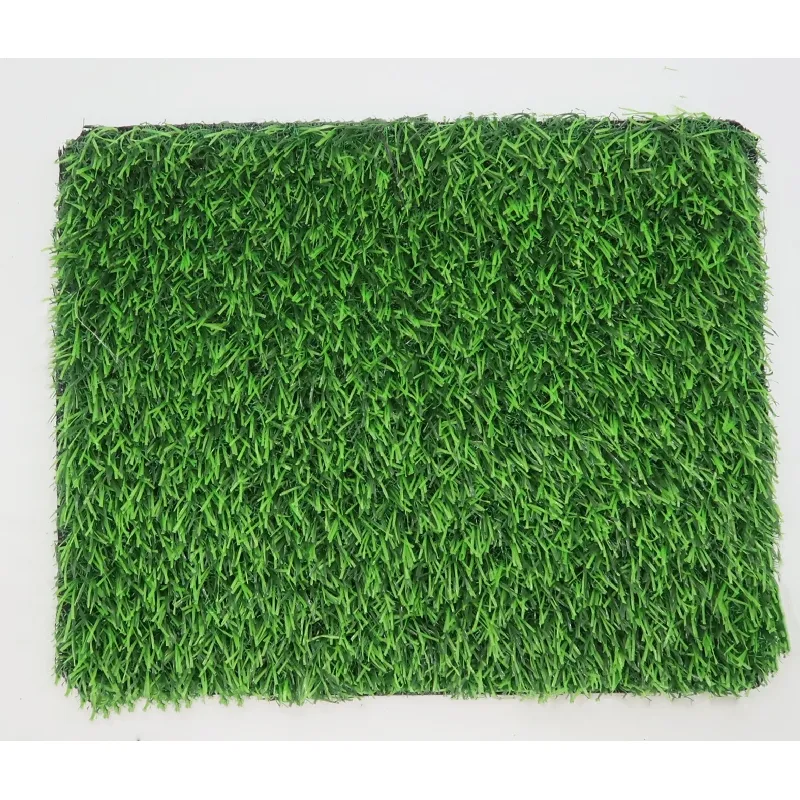
- Afrikaans
- Arabic
- Belarusian
- Bengali
- Czech
- Danish
- Dutch
- English
- Esperanto
- Estonian
- Finnish
- French
- German
- Greek
- Hindi
- Hungarian
- Icelandic
- Indonesian
- irish
- Italian
- Japanese
- kazakh
- Rwandese
- Korean
- Kyrgyz
- Lao
- Latin
- Latvian
- Malay
- Mongolian
- Myanmar
- Norwegian
- Persian
- Polish
- Portuguese
- Romanian
- Russian
- Serbian
- Spanish
- Swedish
- Tagalog
- Tajik
- Thai
- Turkish
- Turkmen
- Ukrainian
- Urdu
- Uighur
- Uzbek
- Vietnamese
synthetic turf football
Oct . 19, 2024 11:04 Back to list
The Rise of Synthetic Turf in Football Transforming the Game
In recent years, the landscape of football has undergone significant changes, not only in terms of tactics and training methods but also in the very ground upon which the game is played. Synthetic turf, often referred to as artificial grass, has become increasingly popular in football arenas around the world. This transformation raises questions about performance, player safety, and the overall aesthetic of the game.
The Evolution of Synthetic Turf
The first generation of synthetic turf was introduced in the 1960s, but it was not until the 1990s that advancements in technology allowed for a more viable alternative to natural grass. Early versions of synthetic surfaces were often criticized for being too hard and unyielding, leading to concerns about player injuries and overall comfort.
Fast forward to today, and synthetic turf has made great strides in design and quality. Modern synthetic grass fields feature a combination of polyethylene and polypropylene fibers that closely imitate the look and feel of natural grass. The surfaces are often filled with a blend of rubber and sand, which mimics the cushioning effect of real grass and helps reduce the risk of injuries. These developments have allowed clubs to maintain high standards in playing conditions regardless of weather or foot traffic.
Benefits of Synthetic Turf
One of the most touted benefits of synthetic turf is its durability. Unlike natural grass, which requires regular maintenance and can be heavily affected by weather conditions, synthetic turf offers an all-weather solution that can withstand heavy use. This is especially beneficial for clubs with limited resources that might struggle to maintain multiple natural grass pitches.
Additionally, synthetic turf can help level the playing field. It is often used in areas where natural grass cannot be sustained due to climate, soil quality, or traffic patterns. This accessibility promotes broader participation in football and ensures that players of all backgrounds have the opportunity to engage with the sport on a consistent basis.
synthetic turf football

Moreover, synthetic turf can reduce the occurrence of certain injuries caused by uneven playing surfaces and helps in maintaining consistent playing conditions throughout different seasons. Studies have suggested that synthetic surfaces can lead to fewer instances of ankle sprains and other common football injuries.
Controversies and Concerns
Despite these benefits, the rise of synthetic turf has not been without its controversies. Concerns regarding player safety persist, particularly in relation to the materials used in the production of artificial grass, including potential exposure to chemicals. Additionally, some players report a different feel when playing on synthetic surfaces, which can affect their performance and comfort.
Environmental considerations also play a crucial role in the debate over synthetic turf. While artificial fields can reduce water usage required for irrigation, the production and eventual disposal of these materials raise questions about sustainability. Additionally, the heat retention of synthetic turf can lead to dangerously high surface temperatures during hot weather, causing discomfort for players.
The Future of Football Fields
As synthetic turf technology continues to evolve, the dialogue surrounding its use in football is likely to persist. Many professional clubs have invested heavily in these surfaces, and leagues around the world are beginning to embrace them as a genuine alternative to traditional grass. As advancements in material technology enhance player safety and performance, it is clear that synthetic turf is here to stay.
In conclusion, the rise of synthetic turf in football reflects broader trends in sports technology and player care. While it presents clear advantages in terms of durability, accessibility, and maintenance, ongoing discussions about safety, environmental impact, and player preference will shape its future use. As clubs and governing bodies navigate these challenges, it is crucial to prioritize the well-being of players while embracing innovation—a balance that can ultimately enhance the beautiful game we all love.
-
The Benefits of Artificial Turf for Indoors
NewsJul.15,2025
-
How Artificial Grass Suppliers Ensure Quality Products
NewsJul.15,2025
-
Artificial Grass and Pets: A Space for Relaxation
NewsJul.08,2025
-
Balcony & Outdoor Decoration with Artificial Grass
NewsJul.08,2025
-
Best Indoor Artificial Grass for Home
NewsJul.07,2025
-
Best Pet Turf for Dogs: Safe & Durable Artificial Grass Options
NewsJul.07,2025
Products categories









